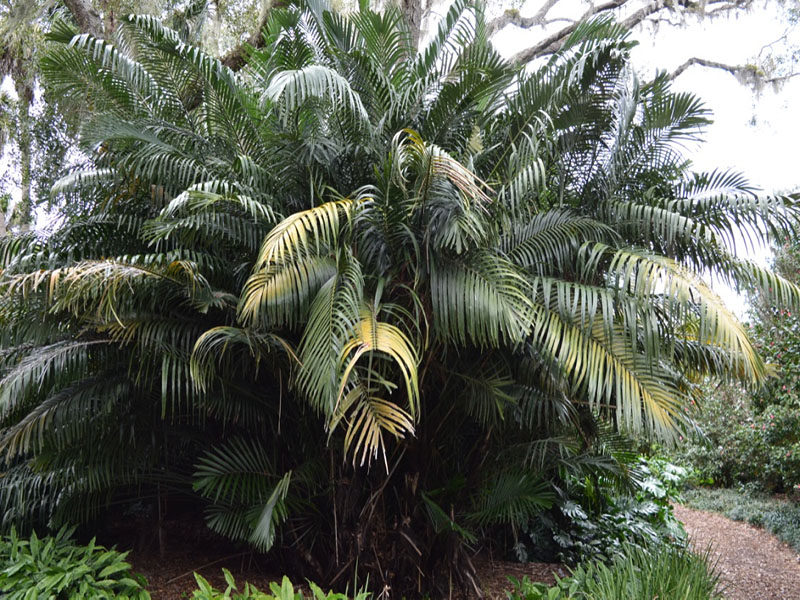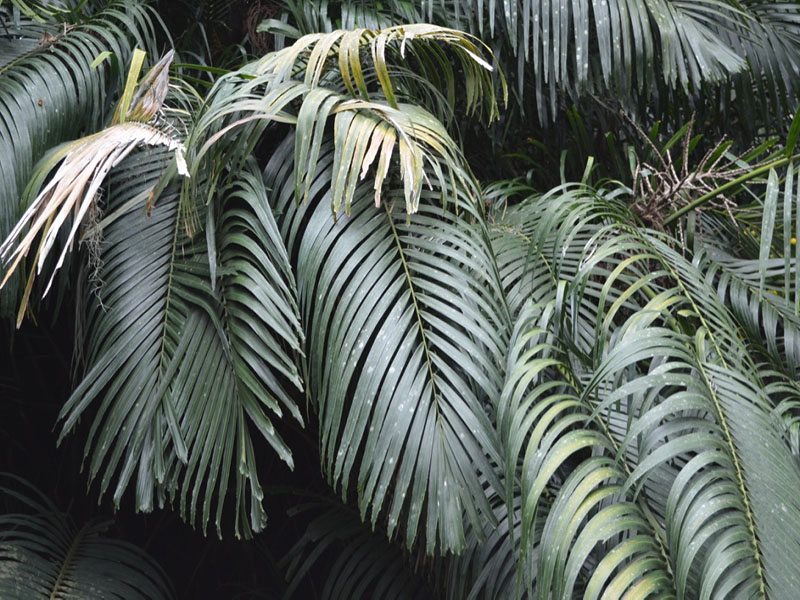Arenga engleri (Dwarf Sugar Palm, Formosa Palm, Taiwan Arenga Palm, Taiwan Sugar Palm)
Botanical Information
| Family | Arecaceae |
| Genus | Arenga |
| Species | engleri |
| Synonyms | Arenga tremula var. engleri, Didymosperma engleri. |
| Category | Perennials, Tropicals |
| Type | Shrub (evergreen) |
| Origin | Japan and Taiwan. |
| Ethnobotanical Uses Disclaimer | The plant is harvested from for its edible buds, pith and sweet sap. |
Details
| USDA Hardiness Zone | 9-10 |
| USDA Hardiness Ref. | |
| Canadian Hardiness Zone | Requires cool season protection under glass. |
| Canada Hardiness Ref. | |
| RHS Hardiness Zone | H3 |
| RHS Hardiness Ref. | |
| Temperature (°C) | -6.6 - 4.5 |
| Temperature (°F) | 20 - 40 |
| Height | 3 m |
| Spread | 2-5m |
| Flowering Period | June, July, August |
Description and Growing Information
| General Description | Arenga engleri is a small, multi-stemmed, evergreen palm, forming a clump up to 3 metres tall and 5 metres wide. The unbranched stems are crowned by a rosette of leaves. A plant that is attractive to bees, butterflies, and birds. |
| Propagation | By seed. |
| Notable Specimens | Bok Tower Gardens, Lake Wales, Florida, United States of America. |
| Habitat | Lowland rain forests. |

